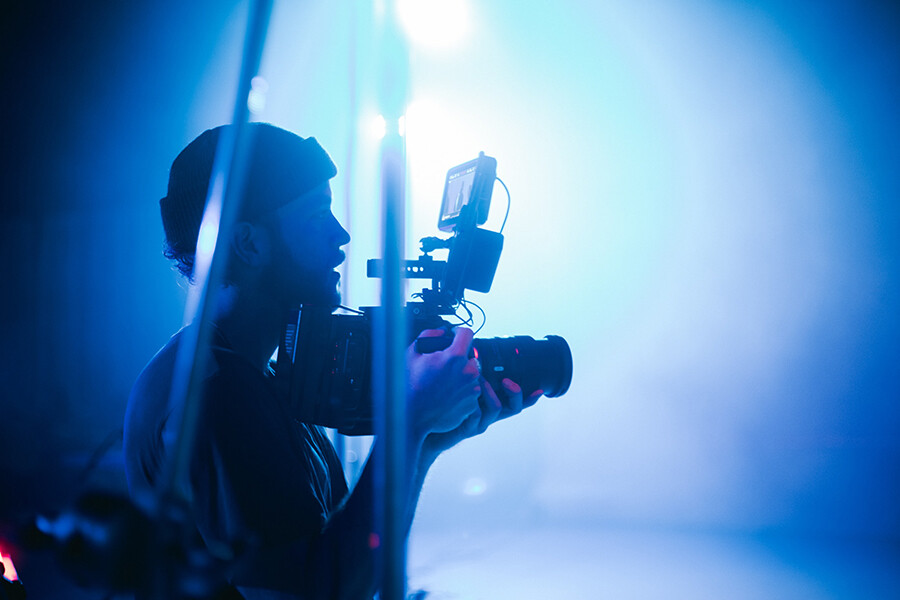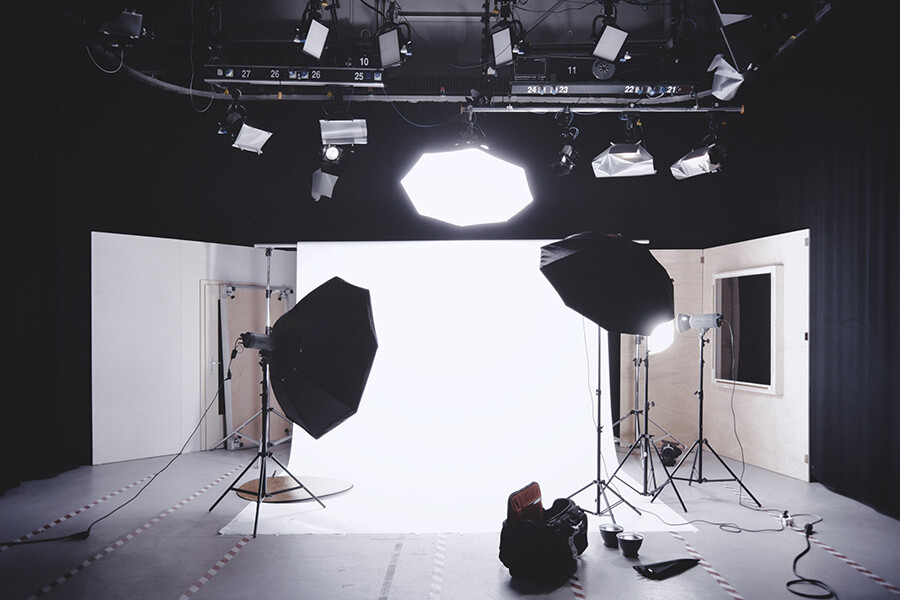- Accueil
- La recherche
- Mémoires et Travaux de fin d’études
- La relation entre le photographe et l’architecture. La commande, une rencontre autour d’un projet architectural contemporain en Europe
La relation entre le photographe et l’architecture. La commande, une rencontre autour d’un projet architectural contemporain en Europe
Auteur : BENARD Audrey
Directeur(s) de mémoire : Christophe Caudroy et Giaime Meloni
Photographie
Résumé : Le photographe et l’architecte travaillent en binôme dans le cadre d’une commande. Ces deux acteurs mettent en place un dialogue, permettant la livraison de plusieurs photographies d’un bâtiment. Ils enrichissent cette relation en mettant en commun leurs compétences techniques et artistiques respectives. L’architecte attend du photographe une description, mais aussi une interprétation de l’espace donné. Cette demande entraîne une réponse du photographe. Celle-ci est propre à chaque photographe qui a un regard unique et subjectif. Quelle est alors la place du photographe et de son regard d’auteur lors d’une commande professionnelle ? Selon les personnalités de l’architecte et du photographe, la place de ce dernier diffère en fonction de la nature de la demande. Le photographe peut être considéré comme un simple opérateur ou comme un véritable acteur du projet architectural. Dans le premier cas, le bâtiment doit être compris et représenté selon des codes propres à la représentation visuelle de l’architecture. Dans le second cas, l’architecte choisit un photographe capable d’apporter une nouvelle vision à son projet. Il retranscrit en image son ressenti et son expérience multi-sensorielle au travers de son propre langage, son regard d’auteur. L’étape après la livraison des images est la diffusion à un public. Les moyens de communication de l’architecture sont nombreux et ils ont tous leurs propres caractéristiques. L’édition est divisée en deux catégories, les revues spécialisées et les ouvrages réalisés pour des architectes ou des agences. L’exposition apporte au public la découverte d’un bâtiment au travers d’une expérience multi-sensorielle. Enfin, Internet et les réseaux sociaux permettent d’atteindre un public plus large. Ce mémoire a pour objectif d’analyser les différentes relations qui peuvent s’établir entre un architecte et un photographe, ainsi que les réponses multiples de la représentation visuelle de l’architecture. Puis, comprendre comment sont utilisées ces images pour la communication de l’architecte.
Mots-clés : photographie, architecture, commande, dialogue, duo, regard d’auteur, édition, exposition, Internet, Instagram.
—
Abstract: The photographer and the architect work hand in hand on a commission. These two actors establish a dialogue, to enable the delivery of several photographs of a building. They enrich that relationship by putting their technical and artistic skills in common. The architect expects the photographer to provide a description, but also an interpretation of a given space. The photographer responds to this request. It is personal to each photographer who has a unique and subjective gaze. So, what is the place of the photographer and of the author’s gaze within a professional commission? Depending on the personality of the architect and photographer, the place of the latter is different depending on the nature of the request. The photographer could be considered as a simple operator or as a real actor of an architectural project. On the one hand, the building must be understood and represented by codes belonging to the visual representation of the architecture. On the other hand, the architect chooses a photographer able to bring a new vision to his project. He re-transcribes his feeling with images and his multi-sensory experience with his own language, his author’s gaze. The step after the delivery of the images is the bringing them to an audience. The means of communication of architecture are numerous and they all have their own characteristics. Publishing is divided into two categories, the specialized press and books made for architects or agencies. The exhibition brings to the public the discovery of a building through a multi-sensory experience. Finally, the Internet and social networks enable the work to reach a wider audience. This Master’s thesis wants to analyze the different relationships between architect and photographer, and the multiple responses of the visual representation of architecture, and subsequently, to understand how the images are used to communicate the architecture.
Keywords: photography, architecture, commission, dialogue, duo, author gaze, publishing, exhibition, Internet, Instagram.



